Learn how to knit the free knitting pattern shawl, the Weekender.
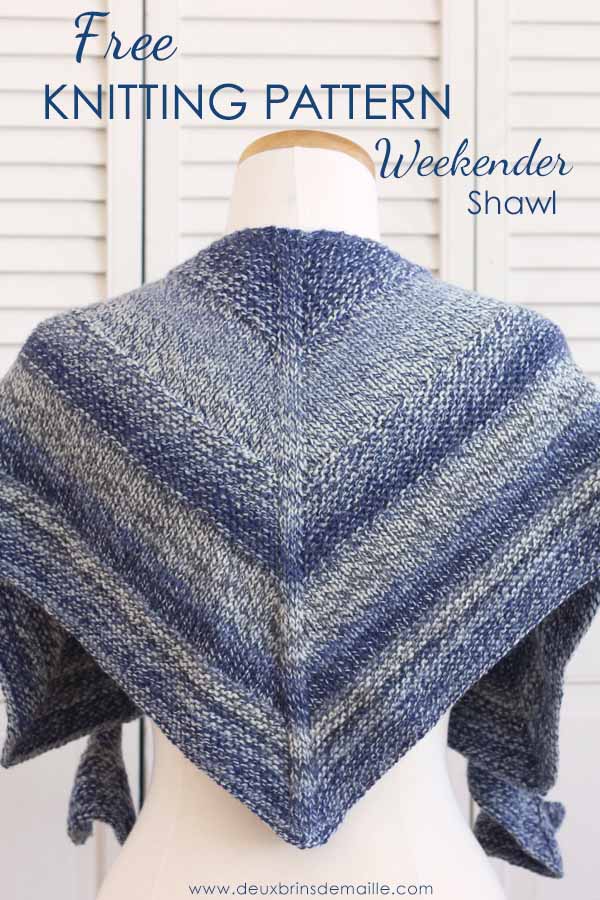
This FREE knitting pattern is available in my Resource Library
If you don’t have your password to enter in this page,
fill the box at the end of this message to get one by email.
Who doesn’t like free knitting patterns?
Here’s one for you, a shawl with an unusual shape, more elongated than the classic triangular ones.
Keep reading to know more about this knitting pattern.
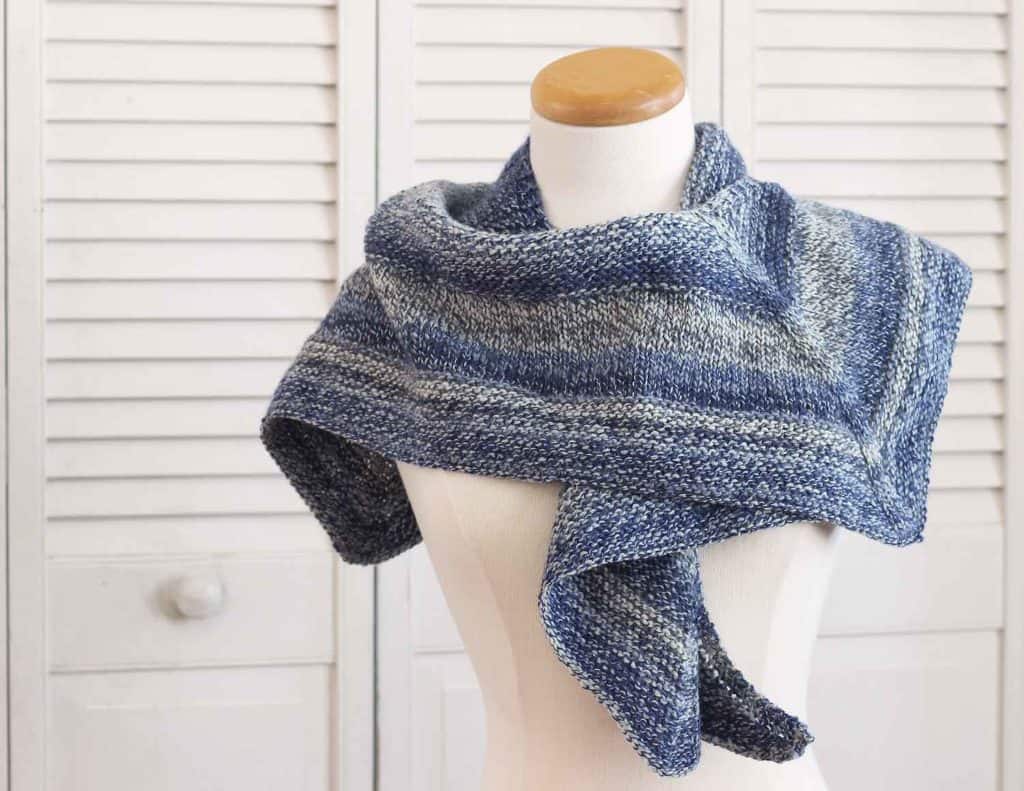
What makes the Weekender Knitting Pattern Shawl the perfect project for you?
If you want a little challenge, this pattern will give you that!
First, you will have to count each row.
Second, you will have to learn to memorize the M1R and M1L, the two different increases.
When I begin a pattern, I always have to look on YouTube a video that shows me the difference between these two stitches because I always forget! But, promise, after some, you will memorize them as I do.
Keep reading, and you will see the video.
And, keep concentrate!
How can you wear your shawl?
The Weekender Shawl is perfect for staying on your shoulders because of his shape. It’s not a classic triangle; it’s more elongated towards the points — no need to attach the ends with a knot if you don’t want.
You can wrap it around your neck or just let it fall on your torso.
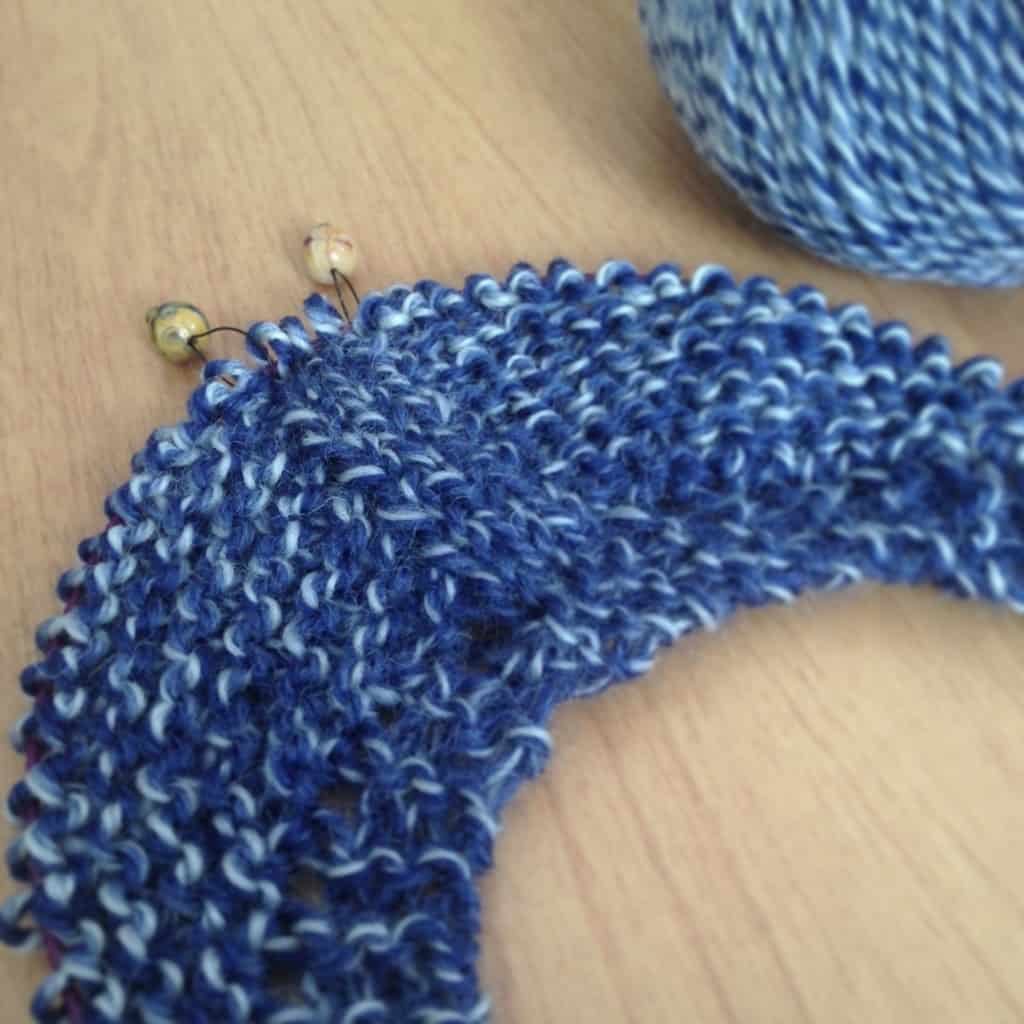
What do you have to know to knit this pattern?
The finished size is approximate:
Length: 42 inches (107 cm)
Width: 17 inches (43 cm)
The gauge in pattern is 17 sts for 4 inches (10 cm). Take time to knit a swatch before.
Level of difficulty: Beginner to intermediate (because of the yo and the increases)
This pattern is available in English written instructions only.
What do you need for knitting this shawl?
- 462 yards (423 m) of 100% Superwash Wool – Jojoland Rhythm (to get a similar result, you can choose a yarn with long self-striping ), or a blend of Merino and Alpaca, softer and warmer!
- Worsted / 10 ply (9 wpi)
- Texture: plied
- 1 circular needle size US 8 (5,0 mm), 32 inches (80 cm)
- 12 stitch markers
- scissors
- 1 tapestry needle to weave in ends
Which stitches do you need to know?
- Knit (k)
- Purl (p)
- yarn over (yo)
- M1R (make 1 increase right)
- M1L (make 1 increase left)
If you are like me and you always have a problem to remember how to make the M1R and M1L, I found a video, from B.hooked Crochet, to help you… and me!
So, are you ready to “attack” the M1R and M1L?
Look closely at the video, it will help you a lot, and after some, you won’t have a look at it until you left your project for too long. :)
You will be very proud when you will finish and this shawl will keep you warm.
Monique
Pin the photo below of the Weekender Shawl to your favorite Pinterest board
to remember this knitting pattern!
Le Weekender Shawl, un patron gratuit
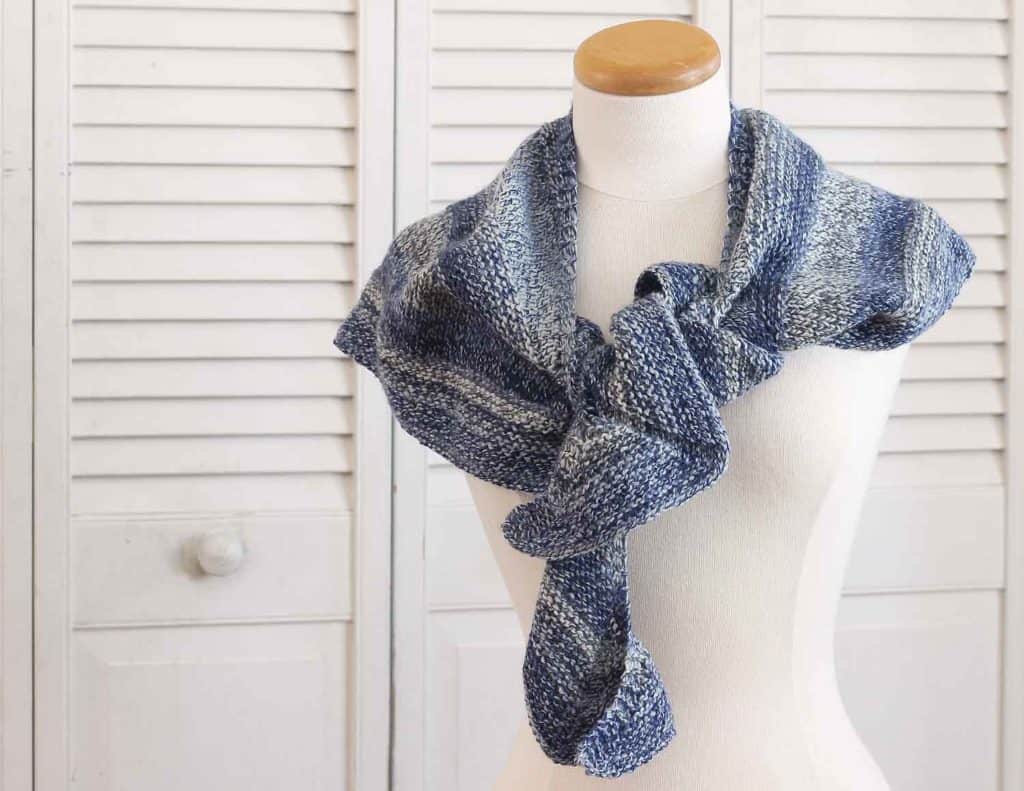
Ce patron de tricot GRATUIT est disponible dans ma page Resource Library.
Si vous n’avez pas votre mot de passe pour entrer sur cette page,
complétez le formulaire au bas de cette page.
Qui n’aime pas les patrons de tricot gratuits ?
En voici un pour vous, un châle avec un forme spéciale : les pointes sont plus allongée que dans les châles triangulaires classiques.
Continuez à lire si vous voulez en apprendre davantage sur ce patron de tricot.
Le Weekender Shawl, un patron de tricot parfait pour vous ?
Si vous désirez un petit défi, ce patron vous en donnera un !
Premièrement, vous aurez à compter vos rangs.
Deuxièmement, vous aurez à apprendre… à mémoriser les deux types d’augmentations.
Quand je commence un patron, je dois toujours regarder sur YouTube une vidéo qui me montre la différence entre les deux parce que j’oublie à chaque fois ! Mais, promis, après quelques augmentations, vous les aurez mémoriser.
Vous pouvez choisir une laine avec de longs auto-rayants comme sur les photos que vous pouvez voir ici, ou bien un autre type de laine si vous préférez.
Et, restez concentrée !
Comment pouvez-vous porter ce patron de tricot ?
Le châle Weekender est parfait pour demeurer sur vos épaules grâce à sa forme. Ce n’est pas un triangle classique, il est plus allongé aux pointes. Vous n’avez pas besoin de faire un noeud pour qu’il reste bien en place.
Vous pouvez vous envelopper en le tournant autour de votre cou ou tout simplement le laisser retomber sur votre poitrine.
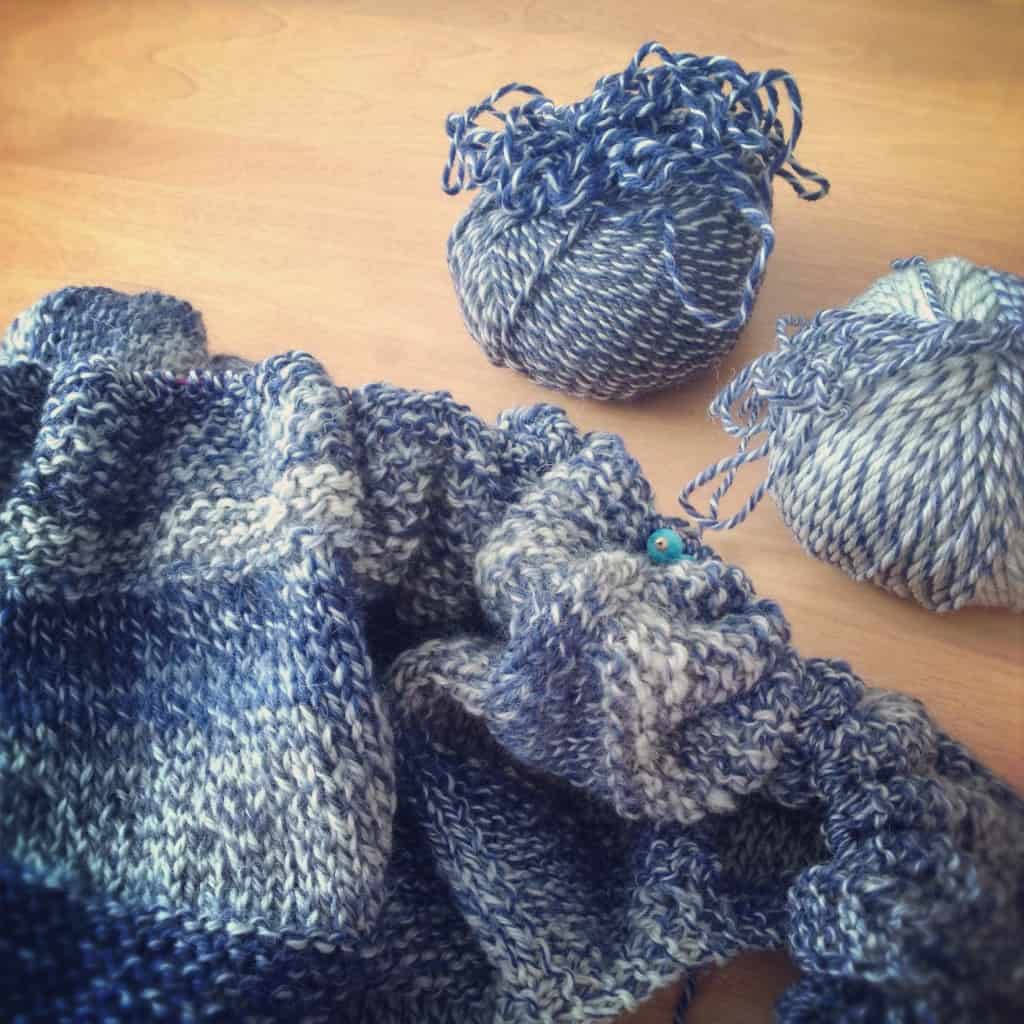
Qu’avez-vous besoin de savoir à propos de ce patron ?
Ce foulard mesure approximativement :
Longueur : 107 cm (42 pouces)
Largeur : 43 cm (17 pouces)
L’échantillon (avec ce point et bloqué) est de 17 m. = 10 cm (4 pouces). Prenez le temps de tricoter un échantillon.
Le degré de difficulté est de débutant à intermédiaire à cause du type particulier d’augmentations.
Ce patron n’est disponible qu’avec les instructions écrites en anglais seulement. Mais je vous donne la traduction des points si vous voulez vous lancer. :)
Qu’avez-vous besoin pour tricoter ce projet ?
- 423 m (462 yards) de laine 100% – Jojoland Rhythm (long self-stripping)
- Worsted / 10 ply 9 wpi
- Texture : Plied
- 1 aiguille circulaire 5,0 mm (US 8), 80 cm (32 inches)
- 12 marqueurs de maille
- 1 paire de ciseaux
- 1 aiguilles à tapisserie pour rentrer les fils
Quels points devez-vous connaître pour tricoter le Weekender Shawl?
Ce patron n’est pas traduit en français mais voici les abréviations anglaises pour vous aider.
- Tricoter à l’endroit (tric. à l’end.) = k
- Tricoter à l’envers (tric. à l’env.) = p
- Jeté = yo
- Augmentation intercalaire vers la droite = M1R (make 1 increase right)
- Augmentation intercalaire vers la gauche = M1L (make 1 increase left)
Si vous êtes débutante, ou même plus avancée, les augmentations intercalaires peuvent être difficile à mémoriser. Chaque fois que je dois en faire, je dois me référer à une vidéo!
Celle-ci, créer par L’échappée Laine, vous aidera à vous démêler!
Alors, êtes-vous prête à “attaquer” ce patron uniquement en anglais et les augmentations intercalaires?
Lire un patron en anglais peut être très intimidant et long!
Oui, vous aurez à toujours faire la traduction des abréviations mais plus avancerez et plus tout devriendra plus aisé.
Je suis passée par là en même temps qu’une amie, coucou Julie !, et finalement, nous avons découvert que lire des instructions en anglais était beaucoup plus rapide car moins il y avait moins d’écriture.
Et pour vous aider avec les augmentations intercalaires, visionnez la vidéo, elle vous aidera beaucoup et après quelques rangs, vous n’aurez plus à la regarder … jusqu’à ce que vous laissiez votre projet de côté trop longtemps ! ;)
Vous serez fière de porter ce châle lorsque vous aurez terminé!
Bon tricot !
Monique
Épinglez la photo ci-dessous du Weekender Shawl dans votre tableau Pinterest préféré
pour vous souvenir de ce patron de tricot !

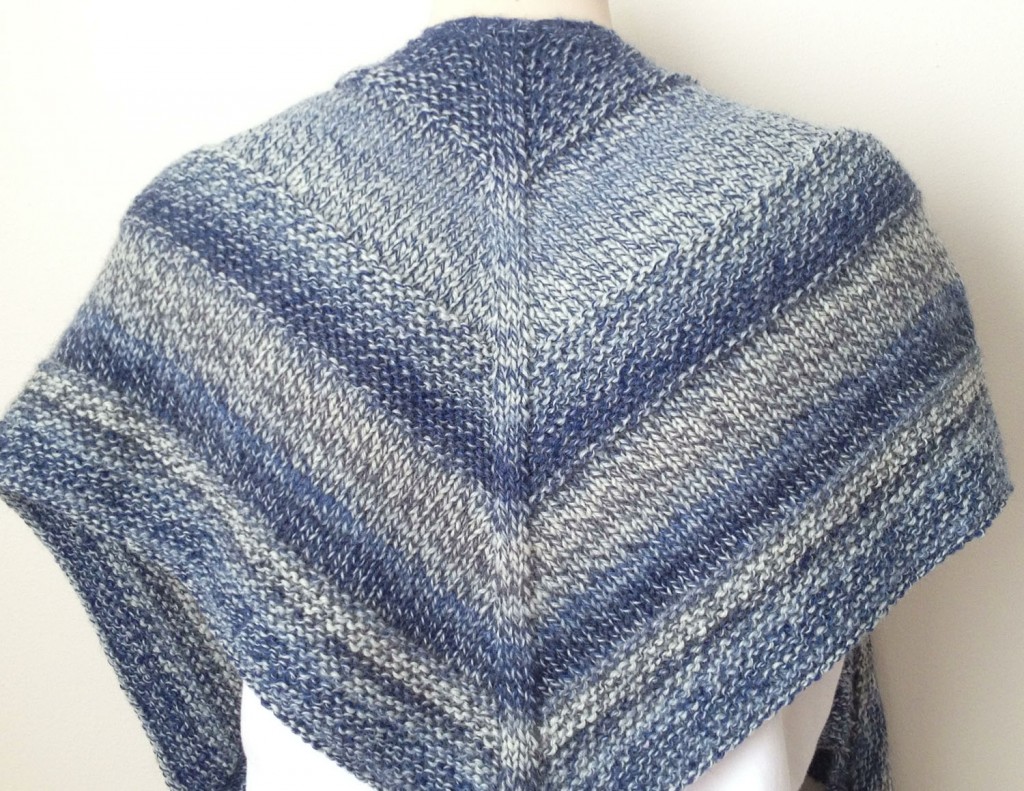
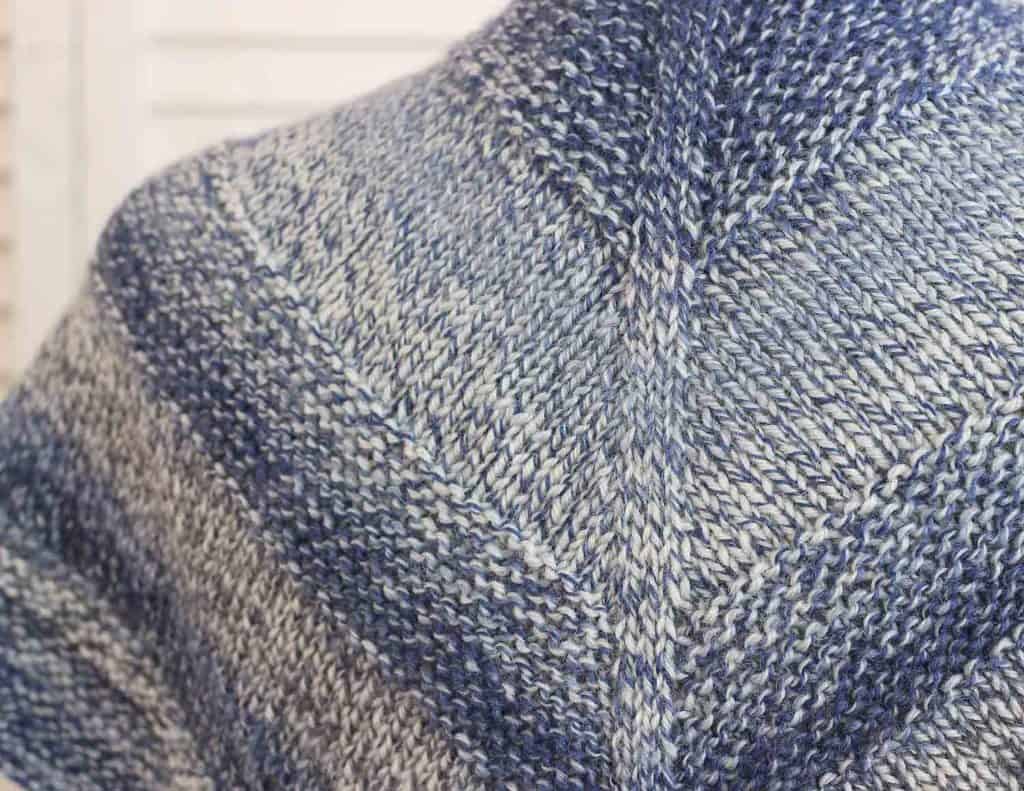
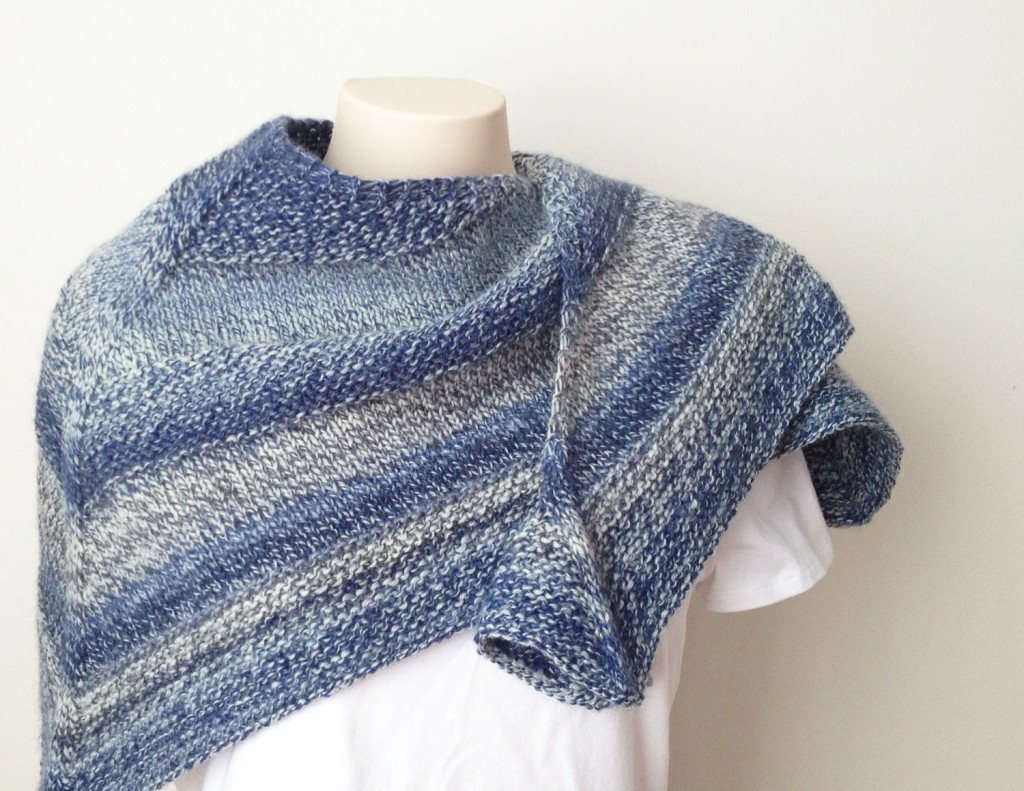

Vraiment beau avec cette laine! Mindless knitting!
Merci Maryse ! :) Ce n’est pas le genre de laine que j’utilise habituellement mais je suis très contente du résultat.
Bravo pour ce nouveau modèle, bien bien joli!